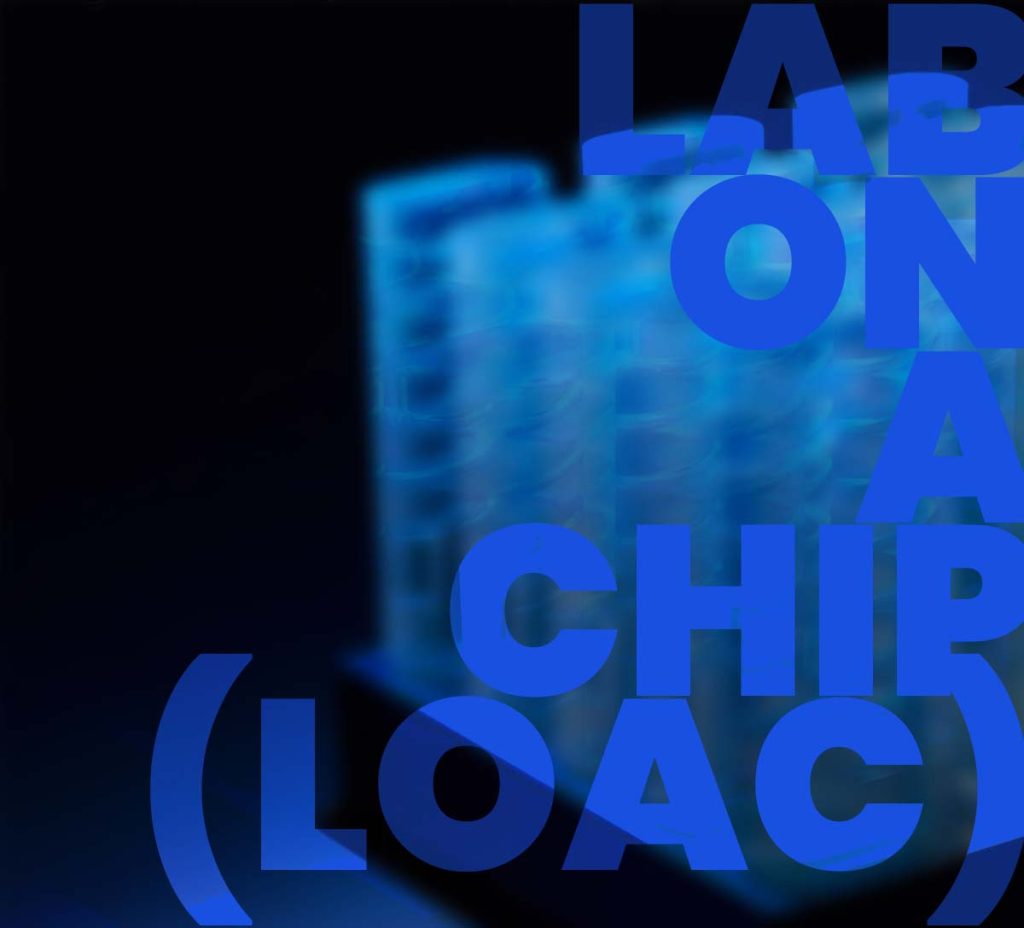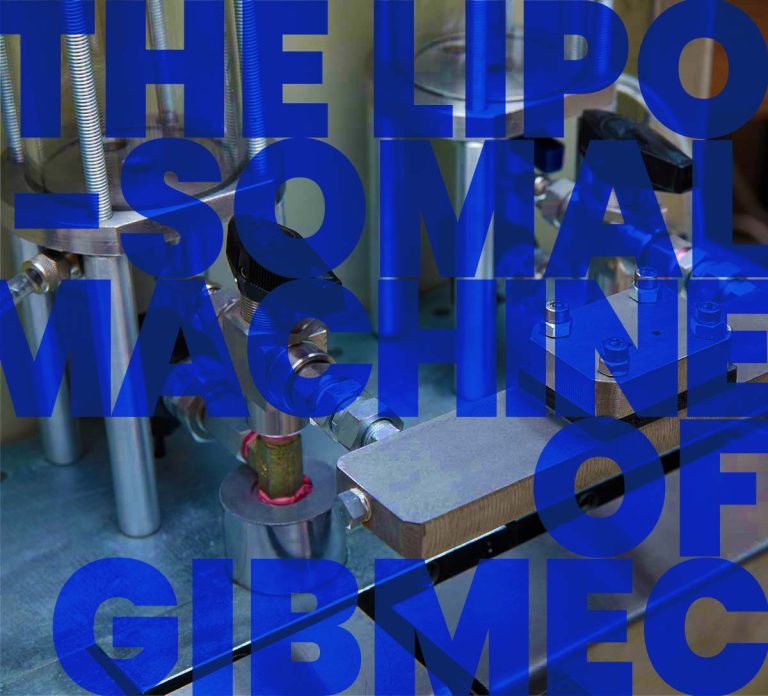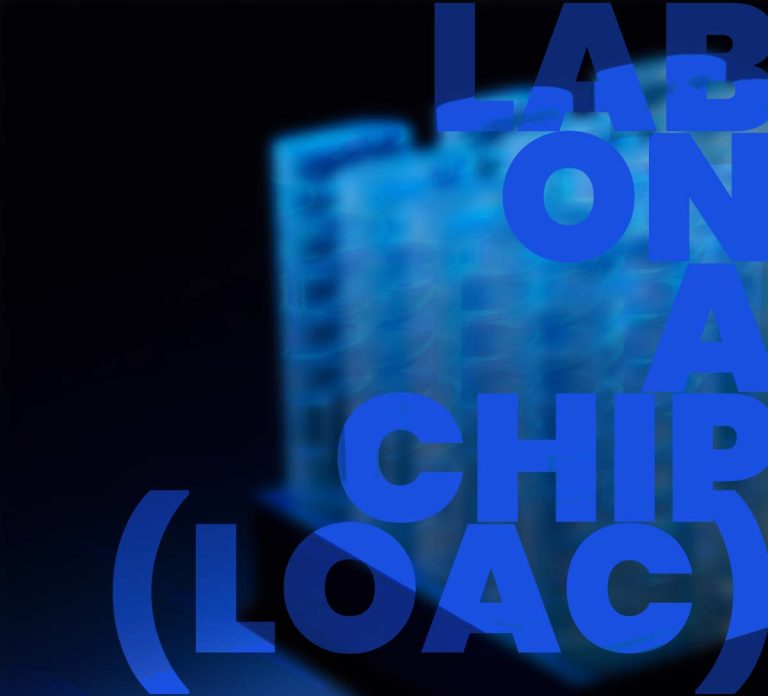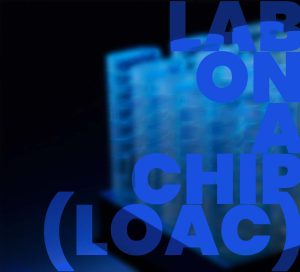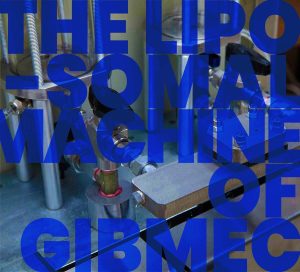Abstract
Lab-on-a-chip is a small analytical device that is assembled on a chip. It can perform analyses such as DNA sequencing and biochemical detections. Lab-on-a-chips are gaining global traction as research and development investments in medicine, life sciences, and personalized medicine grow. In addition, many microfluidic manufacturers in Europe are collaborating to develop innovative solutions that lead to market growth. The global market for lab on a chip reached US$5.75 billion in 2021 and it is predicted to be close to US$15 billion by 2030. Analysts expect this market to face demand for specialists and researchers in the years to come.
Lab On A Chip (LOAC)
A lab on a chip (LOAC) is a small analytical device whose various components are assembled on a chip. This device can perform analyses such as DNA sequencing and biochemical detections simultaneously and provides miniaturization and accumulation of components in a laboratory system. The microfluidic technology used in these chips allows the creation of millions of microchannels that fit in the palm. In this article, we are going to focus on the lab on a chip market in Europe.
What are customers looking for in Lab on a Chip Market?
One of the active areas of LOAC research includes ways to diagnose and manage the AIDS virus. Today, about 40 million people in the world are infected with the AIDS virus, of which only 1.3 million people receive anti-retroviral care. About 90% of people with HIV have never been tested for this disease. Measuring the number of CD4+ T lymphocytes in people’s blood is a correct and reliable way to diagnose a sick person and follow the disease process.
Currently, flow cytometry is the prominent standard for CD4 count, but flow cytometry is a complex technology that is not available in most developing countries due to the need for experts and expensive equipment. But recently, a cytometer was created with a price equivalent to only $5.
Applications In Molecular Biology In Europe
One of the important applications of lab-on-a-chip in European research companies is molecular biology. For DNA/RNA amplification and detection, the lab-on-a-chip offers high gains in detection speed while maintaining the same sensitivity.
Because DNA amplification using PCR relies on thermal cycling, the ability to perform high-speed thermal transfers at the microscale explains why the lab on a chip has become the fastest way to perform PCR. Lab on a chip provides a whole new world of opportunities for DNA and RNA sequencing.
Applications In Proteomics In Europe
In the field of proteomics, a lab on a chip provides the opportunity to perform protein analysis while integrating all steps within a chip: extraction from cells, separation by electrophoresis, digestion, and analysis using mass spectrometry.
These integrated processes demonstrate the ability to greatly reduce protein analysis from hours (in a macroscopic system) to minutes with lab-on-a-chip devices. They also show great potential for protein crystallization, an important area of research that reveals the three-dimensional structure of a protein.
Applications In Cell Biology In Europe
Cell biology is another important field of lab-on-a-chip that European companies are actively researching. Because micro channels are the size of cells, lab-on-a-chip research soon focused on cell biology. The lab-on-a-chip demonstrates the ability to control cells at the single-cell level while dealing with large numbers of them in seconds. At the micro-scale level, current switching can be very fast, down to only tens of milliseconds.
For example, a specific cell, such as a fluorescently made cancer cell, can be identified and isolated using high-throughput antibodies. There are several other applications for lab-on-chips in cell biology, including micro-patch clamping, control of stem cell differentiation, high-speed flow cytometer, sperm sorting, and cell sorting in general.
Lab on a Chip Market in Europe
Considering the numerous and emerging research area for the lab on a chip, we can expect to see the expansion of the market of this scientific field in the coming years. Among the European companies, there are big names including InSphero, Elveflow, Mimetas, MesoBiotech, Cherry Biotech, 4Dcell, AlveoliX, TissUse, BEOnchip, BiomimX, Bi/ond, and Netri.
The increase in chronic diseases and the expansion of genomics and proteomics applications in cancer research, along with income growth, have led to an increase in the chip in the laboratory market. There is a growing demand for personalized medicine that has further helped drive the lab-on-a-chip market.
Lab-on-a-chip Expertise; One of The Most In-Demand Jobs in Europe
Cancer prevalence is a major driver for the growth of the lab-on-a-chip market. Lab-on-a-chips are gaining global traction as research and development investments in medicine, life sciences, and personalized medicine grow. In addition, many microfluidic manufacturers in Europe are collaborating to develop innovative solutions that lead to market growth.
The global market for lab on a chip reached US$5.75 billion in 2021 and it is predicted to be close to US$15 billion by 2030. Also, the lab-on-a-chip market in Europe is expected to reach US$2.62 billion by 2027. Analysts expect this market to face demand for specialists and researchers in the years to come .
